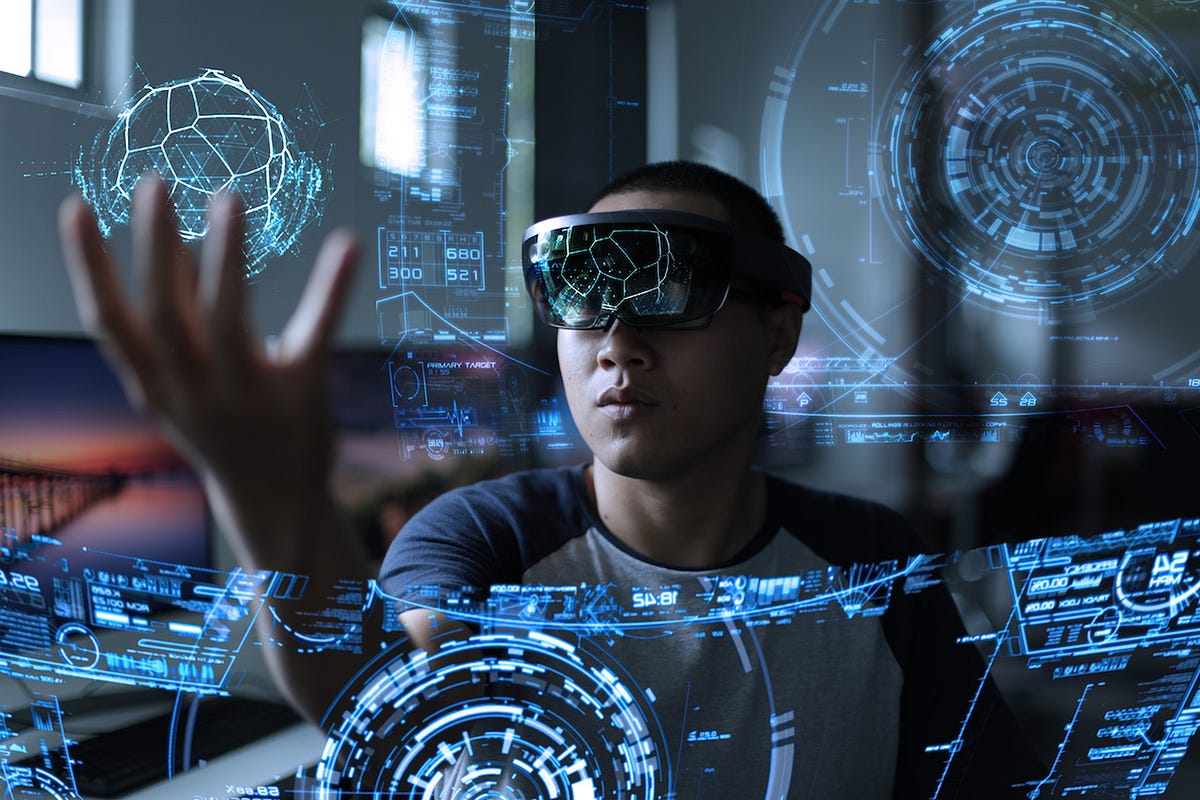Virtual Reality (VR) is a technology that allows users to enter a simulated environment, where they can interact with objects, people, and other elements as if they were in the real world. It does this by using a combination of computer-generated images and sound to create an immersive experience that simulates the user’s senses.
The gaming and entertainment industry is one of the primary areas where VR has shown potential. VR has the ability to transform the gaming experience by providing a level of immersion that was previously not possible. With VR, gamers can feel as though they are inside the game, rather than just controlling a character on a screen.
One of the significant advantages of VR gaming is its ability to provide a more natural way of interacting with the game. Instead of using a controller, gamers can use hand movements and gestures to control the game, making it feel more intuitive and realistic. This not only enhances the gaming experience but also opens up new possibilities for game design.
Another advantage of VR gaming is the potential for social interaction. With the help of VR, gamers can enter virtual worlds where they can meet and interact with other players from all over the world. This opens up new possibilities for multiplayer gaming, where players can collaborate or compete in real-time, creating a more immersive and social gaming experience.
Apart from gaming, VR also has the potential to revolutionize the entertainment industry. VR can provide users with an immersive experience when watching movies, concerts, and other live events. It can transport users to a different location, allowing them to experience events as if they were there in person.
VR also has potential in the education and training industries. It can provide students and professionals with a safe and immersive environment to practice and learn new skills. For example, VR can be used to simulate medical procedures, allowing medical students to practice without the risk of harming a patient.
However, there are still some challenges that need to be addressed before VR can become mainstream in the gaming and entertainment industry. One of the primary issues is the cost. VR technology is still relatively expensive, and not everyone can afford it. Additionally, there is a lack of content specifically designed for VR, which can limit its appeal to a broader audience.
Another challenge is the issue of motion sickness. Some users may experience motion sickness when using VR, which can limit the amount of time they can spend in a VR environment. This can be a significant drawback, as prolonged exposure to VR is necessary to fully immerse oneself in the experience.
In conclusion, VR has the potential to revolutionize the gaming and entertainment industry by providing a level of immersion that was previously not possible. With the ability to create a natural and intuitive way of interacting with games, VR can provide a more engaging and social gaming experience. However, before VR can become mainstream, there are still some challenges that need to be addressed, such as cost, motion sickness, and content availability. Nevertheless, as VR technology continues to evolve, we can expect to see more groundbreaking innovations that will shape the future of gaming and entertainment.



